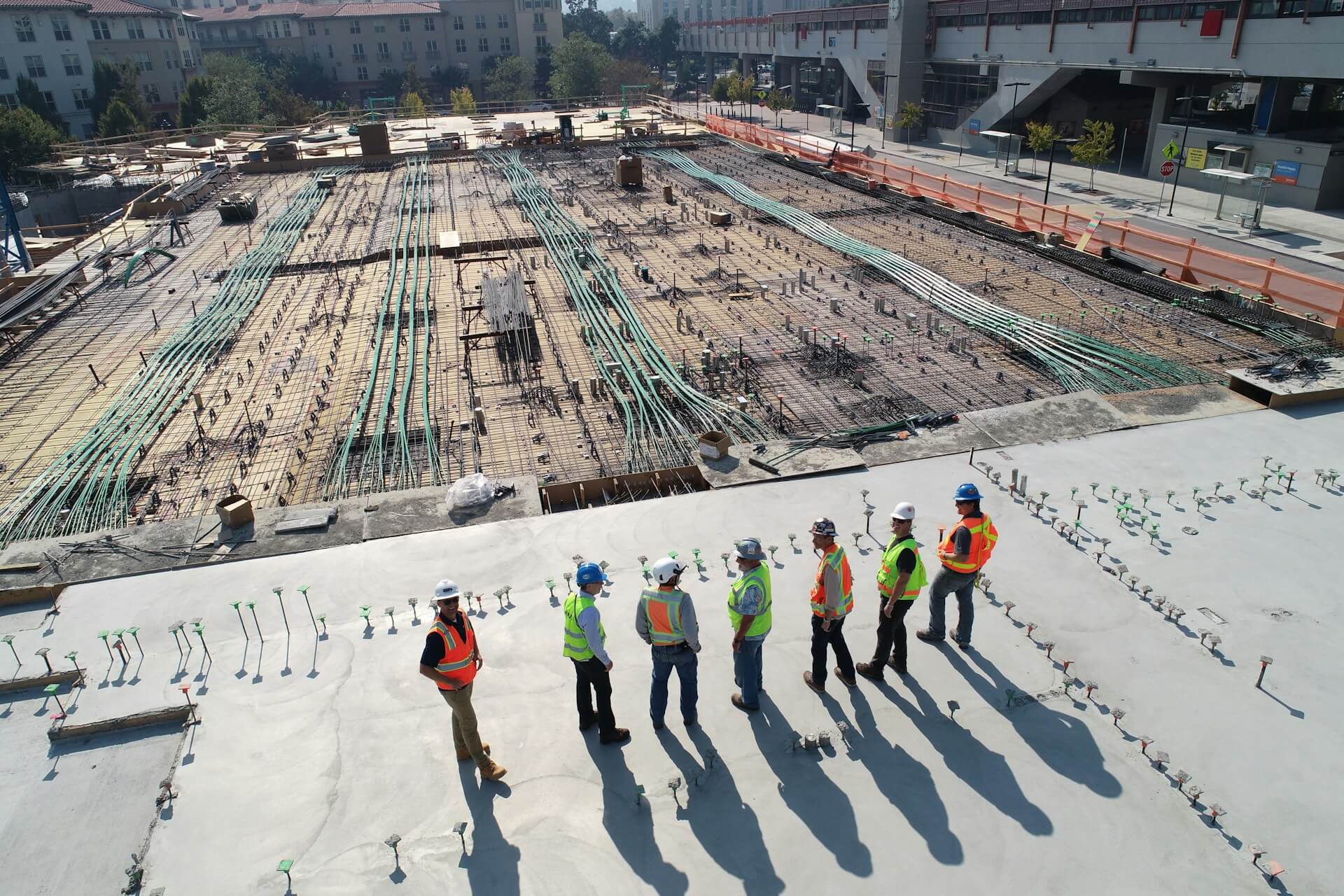Subcontractor Insurance: The Hidden Risk You Can’t Afford to Overlook
Don’t let underinsured subcontractors derail your project. Avoid costly legal battles down the road.
The Hidden Risks of Incorrectly Rated Subcontractor Insurance in Homebuilding Projects
When working with subcontractors in the homebuilding industry, particularly in tract homes and large-scale residential developments, many contractors and developers fail to realize the significant risks associated with incorrectly rated subcontractor insurance policies. To secure steady, lucrative gigs, subcontractors often take shortcuts, which could lead to devastating consequences. This resource page explores the pitfalls of incorrectly rated policies and the risks they pose to both subcontractors and developers.
The Subcontractor Insurance Dilemma: Why Cutting Corners Could Cost Everyone
The pressure to win contracts in the competitive homebuilding industry often leads subcontractors to engage in practices that may undermine the validity of their insurance policies. To meet the required insurance specifications and land steady work, many subcontractors lie about the scope of their projects or inflate the number of homes covered under their policy. Most admitted carriers often have specific insurance limits, typically covering a certain number of homes per year, and exceeding that limit often leads to increased premiums or even policy denial.
Key Insights:
- Misrepresentation: Subcontractors may claim that they are only working on one or two homes within a development, when in reality, they may be working on many more. This misrepresentation can lead to incorrectly rated policies, leaving gaps in coverage.
- Limits of Coverage: Many subcontractors opt for all-in-one programs that limit the number of homes covered per year—often 10 or 15. This creates an issue when they’re working on larger projects with more homes. The insurer may refuse to provide coverage for homes exceeding the limit, leaving those homes—and the entire development—exposed.
- Workarounds: To bypass these limitations, subcontractors may obtain generic policies or downscale the coverage limits, potentially leaving gaps in liability protection for themselves, the developer, and the homeowners.
Pinch: If a claim arises due to faulty work or damaged property, the insufficient coverage can quickly spiral out of control. Multiple homes could be affected, and the claim will likely involve the developer, contractor, and subcontractor in the lawsuit. The financial consequences can be catastrophic, and the developer may be held liable for subcontractor-related issues that should have been adequately insured.
How Underinsured Policies Impact Tract Home Projects: A Domino Effect of Risk
Subcontractors in the homebuilding industry may think that their worksite liability coverage is sufficient, but the reality is that incorrectly rated policies lead to unforeseen exposure. For tract home developments and large-scale projects, multiple subcontractors are often working in parallel—each performing different tasks that can affect the overall structure. If any subcontractor’s work leads to structural failure, damage, or defective systems, the issue may affect multiple homes, not just one.
Key Insights:
- Cumulative Risk: Subcontractors with insufficient coverage can cause widespread issues that affect multiple homes in a development. If one subcontractor makes a critical mistake, it can trigger damages in several homes at once—leading to a domino effect that involves everyone in the project.
- Lack of Coordination: If subcontractors aren't properly coordinated or their insurance limits aren’t clear, it can result in massive gaps in coverage when the inevitable risks or errors arise. Faulty wiring, improper plumbing, or poor foundation work can affect multiple homes in a development, triggering a multi-party legal battle.
Pinch: When an issue occurs and multiple homes are impacted, the financial burden of defending lawsuits, repairing damages, and covering legal fees can drain resources. With subcontractor insurance improperly rated, developers may find themselves named in lawsuits due to insufficient or inadequate coverage, leading to reputational damage and lost future contracts.
The Pitfall of False Assumptions: Why Developers Should Demand Proof of Adequate Coverage
Most developers and contractors assume that subcontractors have proper coverage and insurance limits that align with the scale of the projects they’re undertaking. However, the reality is that not all subcontractors are forthcoming about the extent of their coverage or policy limitations. This can leave developers with the false sense of security that their project is adequately covered when it’s not.
Key Insights:
- Proof of Coverage: Developers need to demand proof of insurance and read the policy language to ensure that subcontractors have policies that cover the entire scope of the work. Without verification, subcontractors could be underinsured, leaving both themselves and the developer exposed.
- Subcontractor Misrepresentation: In a competitive field, subcontractors may downplay their workload or claim they have full coverage when they don’t. It’s crucial for developers to ask for detailed documentation that aligns with the work being performed to prevent gaps in coverage.
Pinch: Without clear evidence of appropriate insurance coverage, subcontractors can expose developers to financial ruin. A claim on an underinsured job can lead to unforeseen costs, and without the right coverage, developers may have to absorb those costs, potentially facing major financial strain and legal complications.
Structuring the Correct Coverage for Subcontractors: How to Avoid Gaps in Liability
The key to avoiding the pitfalls of incorrectly rated subcontractor insurance lies in properly structuring coverage. It is not enough for a subcontractor to simply have a general all-in-one policy. Developers must ensure that subcontractors have the appropriate amount of coverage based on their work, especially when dealing with large-scale projects and multiple homes in a development. Proper coordination of subcontractor policies is crucial to ensuring seamless coverage and avoiding costly gaps.
Key Insights:
- Coverage Coordination: Developers should coordinate with subcontractors to ensure they have appropriate coverage limits, and that those limits meet the specific demands of the project. It’s essential to account for the full scope of each subcontractor’s work and responsibilities.
- Worksite Agreements: Clear subcontractor agreements should outline insurance requirements and include clauses for additional insureds to ensure that all parties are properly covered. Developers should also ensure that subcontractors are held accountable for maintaining proper coverage.
Pinch: A poorly structured policy or failure to coordinate coverage with subcontractors could result in a lack of protection for developers and homeowners alike. If any part of the project goes wrong, the insufficient coverage could leave everyone exposed to financial losses and legal complications.
Conclusion: Protecting Your Development Project from Subcontractor Insurance Pitfalls
While subcontractors are essential to the construction industry, their insurance practices can often present significant risks that developers overlook. From incorrectly rated policies to misrepresented coverage, the potential for gaps in protection can expose developers to catastrophic financial and legal consequences.
By taking proactive steps to ensure subcontractor policies are properly rated, coordinated, and aligned with project needs, developers can avoid costly mistakes and maintain the smooth progress of their developments. Demanding proof of adequate insurance, clearly outlining subcontractor responsibilities, and ensuring that additional insureds are included are key steps in safeguarding your business against the hidden risks of underinsured subcontractors.
Photo by Frames For Your Heart on Unsplash



